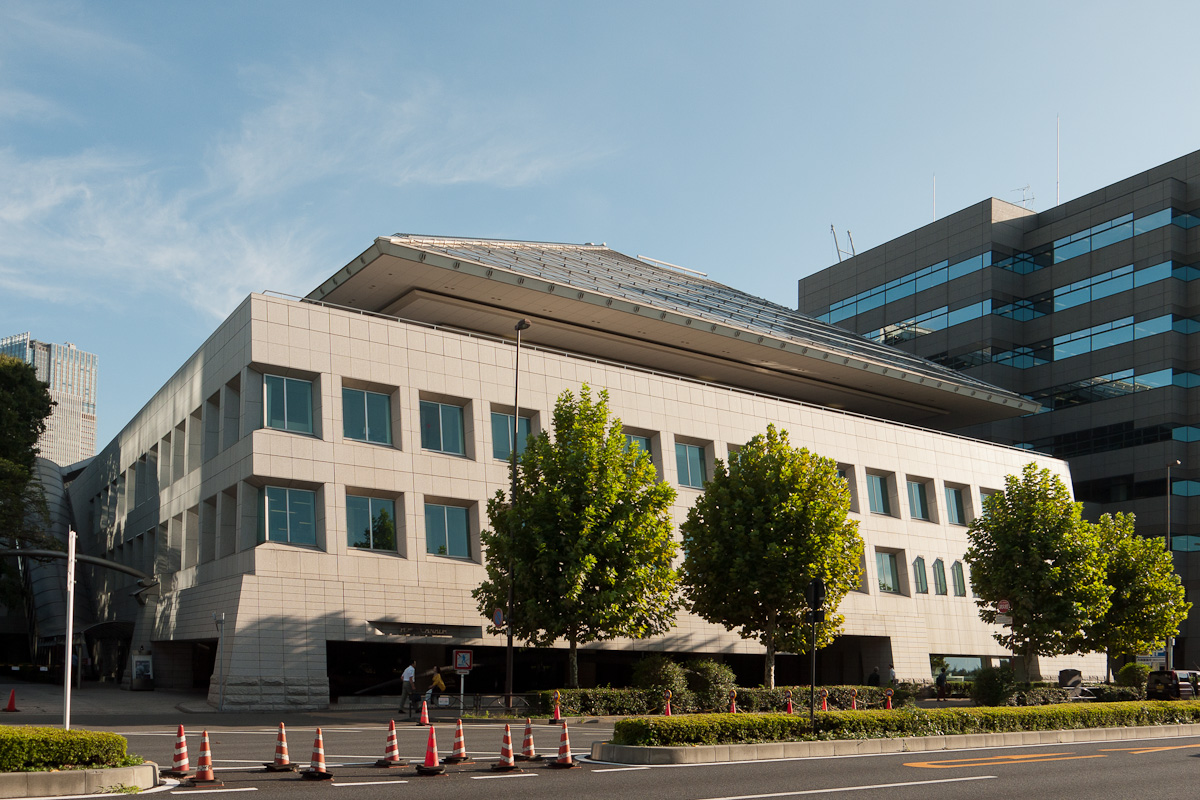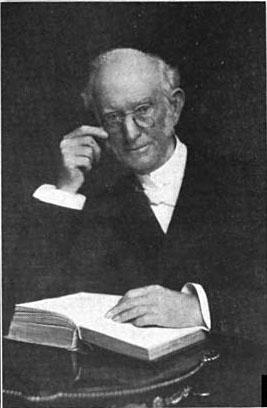|
Canada–Japan Relations
Canada and Japan have an amicable companionship in many areas. Diplomatic relations between both countries officially began in 1928 with the opening of the Japanese consulate in Ottawa. In 1929, Canada opened its Tokyo legation, the first in Asia; and in that same year, Japan its Ottawa consulate to legation form.Foreign Ministry of Japan ''Episodes in Japan-Canada Relations.''/ref> Created in 1929, the Canadian mission to Japan is Canada's oldest mission in Asia and third oldest non-Commonwealth mission after the United States and France. Canada has an embassy in Tokyo and a consulate in Nagoya. Japan has an embassy in Ottawa and four consulates-generalin Calgary, Montreal, Toronto and Vancouver. Both countries are full members of OECD, CPTPP and APEC. According to a 2017 BBC World Service Poll, 77% of Canadians view Japan's influence positively, with 12% expressing a negative view, making Canada one of the most pro-Japanese countries in the world. History Early cont ... [...More Info...] [...Related Items...] OR: [Wikipedia] [Google] [Baidu] |
Embassy Of Canada, Tokyo
The Embassy of Canada to Japan is the main diplomatic mission from Canada to Japan, located in Tokyo. The embassy is Canada's third oldest "foreign" legation after Paris and Washington, D.C. (the High Commissions to other Commonwealth states are not considered "foreign" by the Canadian government). The reason for the legation's creation had much to do with anti-Asian feeling in the Canadian province of British Columbia during the first half of the 20th century. Prime Minister Mackenzie King was anxious to limit Japanese migration to Canada, saying "our only effective way to deal with the Japanese question is to have our own Minister in Japan to vise passports." The British government was hesitant to anything that might be seen to undermine Imperial unity, but finally in May 1929, the Canadian legation opened. The first "minister" was Sir Herbert Marler. The embassy soon added trade and political roles to immigration. Construction of the chancery was completed in 1934. In 1938 ... [...More Info...] [...Related Items...] OR: [Wikipedia] [Google] [Baidu] |
Russo-Japanese War
The Russo-Japanese War ( ja, 日露戦争, Nichiro sensō, Japanese-Russian War; russian: Ру́сско-япóнская войнá, Rússko-yapónskaya voyná) was fought between the Empire of Japan and the Russian Empire during 1904 and 1905 over rival imperial ambitions in Manchuria and the Korean Empire. The major theatres of military operations were located in Liaodong Peninsula and Mukden in Southern Manchuria, and the Yellow Sea and the Sea of Japan. Russia sought a warm-water port on the Pacific Ocean both for its navy and for maritime trade. Vladivostok remained ice-free and operational only during the summer; Port Arthur, a naval base in Liaodong Province leased to Russia by the Qing dynasty of China from 1897, was operational year round. Russia had pursued an expansionist policy east of the Urals, in Siberia and the Far East, since the reign of Ivan the Terrible in the 16th century. Since the end of the First Sino-Japanese War in 1895, Japan had feared Russian en ... [...More Info...] [...Related Items...] OR: [Wikipedia] [Google] [Baidu] |
Herbert Cyril Thacker
Major General Herbert Cyril Thacker (16 September 1870 – 2 June 1953) was a Canadian soldier and Chief of the General Staff, the head of the Canadian Militia (later the Canadian Army) from 1927 until 1929. Military career Thacker was born the son of Major-General J. Thacker of the Bombay Staff Corps in 1870 in Poona, India. He attended Upper Canada College in Toronto and, in 1887, he graduated from the Royal Military College of Canada. Commissioned in the Royal Canadian Artillery in 1891, he conducted survey work in western Canada for the Canadian Pacific Railway. He was promoted to Lieutenant in 1893. His service in the Second Boer War of 1900 in the Canadian Field Artillery led to the award of the Queen's medal with three clasps.Pacey, Elizabeth "Commander’s residence at Royal Artillery park," ''Trident.'' 38:20, 7. October 18, 2004. From 1904 to 1905 he had the unique Canadian assignment as a military attaché with the Japanese Army during the Russo-Japanese War but he ... [...More Info...] [...Related Items...] OR: [Wikipedia] [Google] [Baidu] |
1923 Great Kantō Earthquake
The struck the Kantō Plain on the main Japanese island of Honshū at 11:58:44 JST (02:58:44 UTC) on Saturday, September 1, 1923. Varied accounts indicate the duration of the earthquake was between four and ten minutes. Extensive firestorms and even a fire whirl added to the death toll. Civil unrest after the disaster (i.e., the Kantō Massacre) has been documented. The earthquake had a magnitude of 7.9 on the moment magnitude scale (), with its focus deep beneath Izu Ōshima Island in Sagami Bay. The cause was a rupture of part of the convergent boundary where the Philippine Sea Plate is subducting beneath the Okhotsk Plate along the line of the Sagami Trough. Since 1960, September 1 has been designated by the Japanese government as , or a day in remembrance of and to prepare for major natural disasters including tsunami and typhoons. Drills, as well as knowledge promotion events, are centered around that date as well as awards ceremonies for people of merit. Earthquake T ... [...More Info...] [...Related Items...] OR: [Wikipedia] [Google] [Baidu] |
Samuel Robinson, RNR
Commander Samuel Robinson, CBE, RD (1870–1958), born in Hull, England,Hammer, Joshua. (2006)''Yokohama Burning: The Deadly 1923 Earthquake and Fire that Helped Forge the Path to World War II,'' p. 60./ref> was an early 20th-century British-Canadian mariner, During World War I, Robinson captained the ''Empress of Asia'' which transported American troops from New York to Southampton, England. Canadian Pacific In his 48 years at sea, 37 with Canadian Pacific steamships, Robinson served on a number of vessels. He was captain of two ships with the same name—the 1891 ''Empress of Japan'' and the 1930 ''Empress of Japan''—and he was captain of the first of three ships to be named ''Empress of Canada''. His career at sea included sailing on the following: * RMS ''Empress of Japan'', junior officer (1895), captain * RMS ''Empress of China'','' chief officer (1899) * RMS ''Empress of Asia'', captain (1913) * RMS ''Empress of Russia'', captain (1917) * RMS ''Empress of Australi ... [...More Info...] [...Related Items...] OR: [Wikipedia] [Google] [Baidu] |
RMS Empress Of Australia (1919)
RMS ''Empress of Australia'' was an ocean liner built in 1913–1919 by Vulcan AG shipyard in Stettin, Germany (now Szczecin, Poland) for the Hamburg America Line.Haworth, R.BMiramar Ship Index She was refitted for ; and the ship – the third of three CP vessels to be named ''Empress of China'' – was renamed yet again in 1922 as ''Empress of Australia.''Ship List Description of ''Empress of Australia'' In ... [...More Info...] [...Related Items...] OR: [Wikipedia] [Google] [Baidu] |
Canadian Pacific Railway
The Canadian Pacific Railway (french: Chemin de fer Canadien Pacifique) , also known simply as CPR or Canadian Pacific and formerly as CP Rail (1968–1996), is a Canadian Class I railway incorporated in 1881. The railway is owned by Canadian Pacific Railway Limited, which began operations as legal owner in a corporate restructuring in 2001. Headquartered in Calgary, Alberta, the railway owns approximately of track in seven provinces of Canada and into the United States, stretching from Montreal to Vancouver, and as far north as Edmonton. Its rail network also serves Minneapolis–St. Paul, Milwaukee, Detroit, Chicago, and Albany, New York, in the United States. The railway was first built between eastern Canada and British Columbia between 1881 and 1885 (connecting with Ottawa Valley and Georgian Bay area lines built earlier), fulfilling a commitment extended to British Columbia when it entered Confederation in 1871; the CPR was Canada's first transcontinental railway. ... [...More Info...] [...Related Items...] OR: [Wikipedia] [Google] [Baidu] |
Aoyama Gakuin University
is a private Christian university in Shibuya, Tokyo, Japan. Originally established in 1874 by missionaries from the Methodist Episcopal Church, it was reconfigured in its current form in 1949 as part of Aoyama Gakuin. Aoyama Gakuin University had its 140th anniversary in 2014 and is one of Japan's oldest higher education facilities. The university's undergraduate and graduate programs include courses on literature, law, economics, business, international politics, economics, communication, science, engineering and cultural studies. The university graduate programs include international management, law and professional accounting. Aoyama Gakuin University has participated in Hakone Ekiden, an annual university relay race between Tokyo and Hakone in Japan. Recently they won the races in 2015, 2016, 2017, 2018, 2020, and 2022. General information The main campus, located in Omotesando in central Tokyo, is complemented by the Sagamihara Campus in Kanagawa Prefecture. The lat ... [...More Info...] [...Related Items...] OR: [Wikipedia] [Google] [Baidu] |
Doshisha University
, mottoeng = Truth shall make you free , tagline = , established = Founded 1875,Chartered 1920 , vision = , type = Private , affiliation = , calendar = , endowment = €1 billion (JP¥169.6 billion) , debt = , rector = , officer_in_charge = , chairman = , chancellor = , president = Matsuoka Takashi , vice-president = Nobuhiro Tabata, Yasuhiro Kuroki, Tsutao Katayama, Takashi Nishimura , superintendent = , provost = , vice_chancellor = , principal = , dean = , director = , head_label = , head = , faculty = 2,357 (800 full-time, 1557 part-time) , staff = , students = , undergrad = 27,024 , postgrad = 2,298 , doctoral = , divinity = , residents = , other = , profess = , alumni ... [...More Info...] [...Related Items...] OR: [Wikipedia] [Google] [Baidu] |
Keio University
, mottoeng = The pen is mightier than the sword , type = Private research coeducational higher education institution , established = 1858 , founder = Yukichi Fukuzawa , endowment = N/A , president = Prof. Kohei Itoh , city = Minato , state = Tokyo , country = Japan , coor = , faculty = full time 2,791 , administrative_staff = full-time 3,216 , students = 33,437 , undergrad = 28,641 , postgrad = 4,796 , doctoral = 1,426excluding master course students as students in "Doctorate (prior)" , other_students = 0 In 2021, research students and auditors were not recruited due to the global epidemic of COVID‐19 (coronavirus disease). , campus = Urban , free_label = Athletics , free ... [...More Info...] [...Related Items...] OR: [Wikipedia] [Google] [Baidu] |
Yukichi Fukuzawa
was a Japanese educator, philosopher, writer, entrepreneur and samurai who founded Keio University, the newspaper ''Jiji-Shinpō'', and the Institute of Medical Science (Japan), Institute for Study of Infectious Diseases. Fukuzawa was an early advocate for reform in Japan. His ideas about the organization of government and the structure of social institutions made a lasting impression on a rapidly changing Japan during the Meiji period. He appears on the current 10,000-Japanese yen banknote. Early life Fukuzawa Yukichi was born into an impoverished low-ranking samurai (military nobility) family of the Okudaira Clan of Nakatsu Domain (present-day Ōita Prefecture, Ōita, Kyushu) in 1835. His family lived in Osaka, the main trading center for Japan at the time. His family was poor following the early death of his father, who was also a Confucian scholar. At the age of 5 he started Han learning, and by the time he turned 14, he had studied major writings such as the ''Analects ... [...More Info...] [...Related Items...] OR: [Wikipedia] [Google] [Baidu] |









